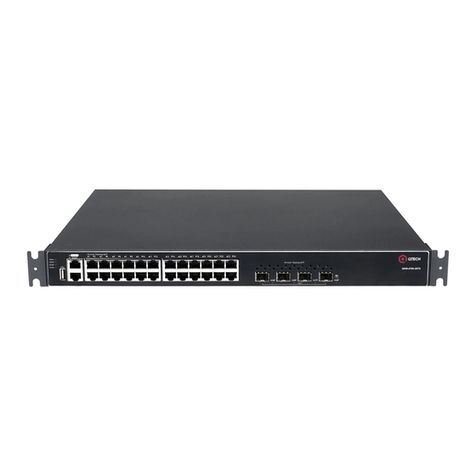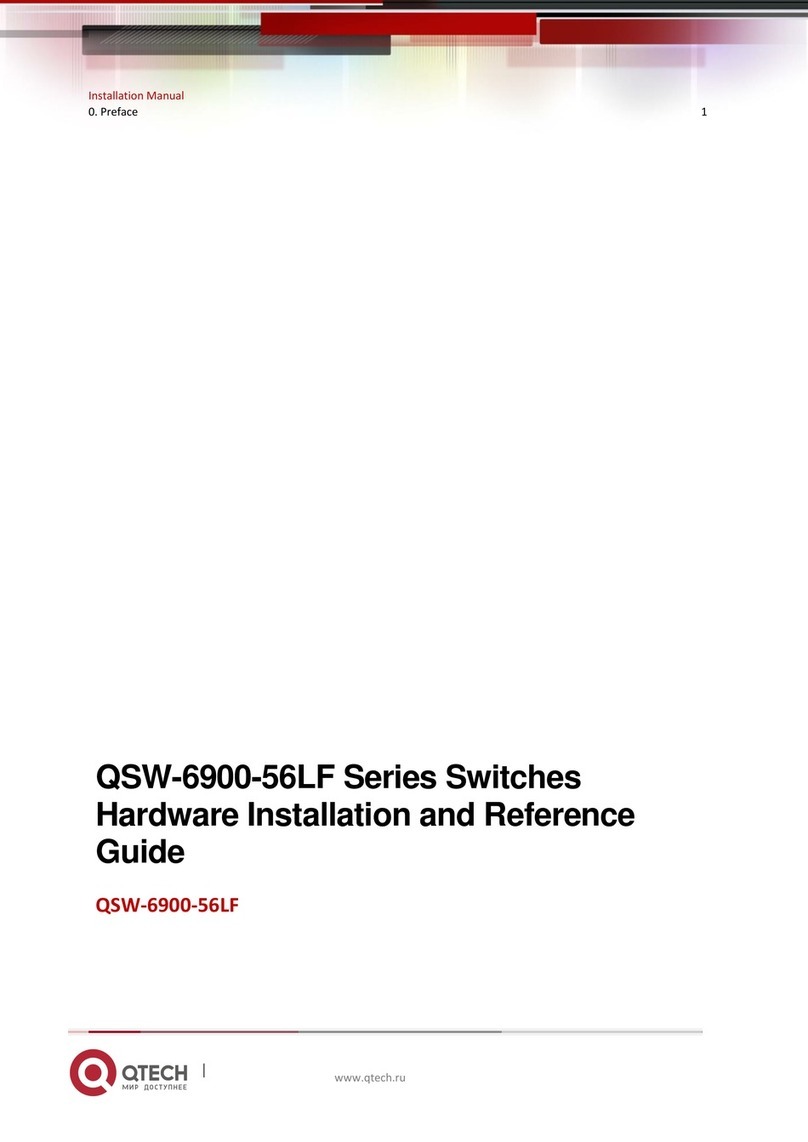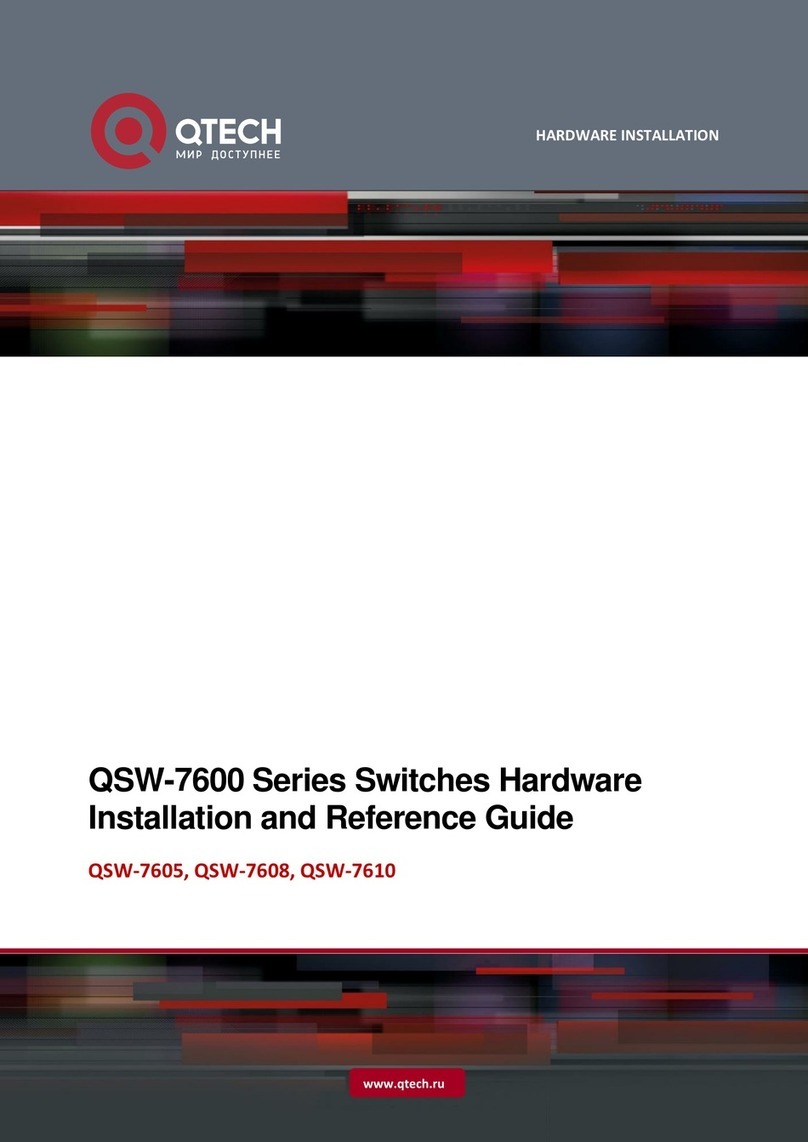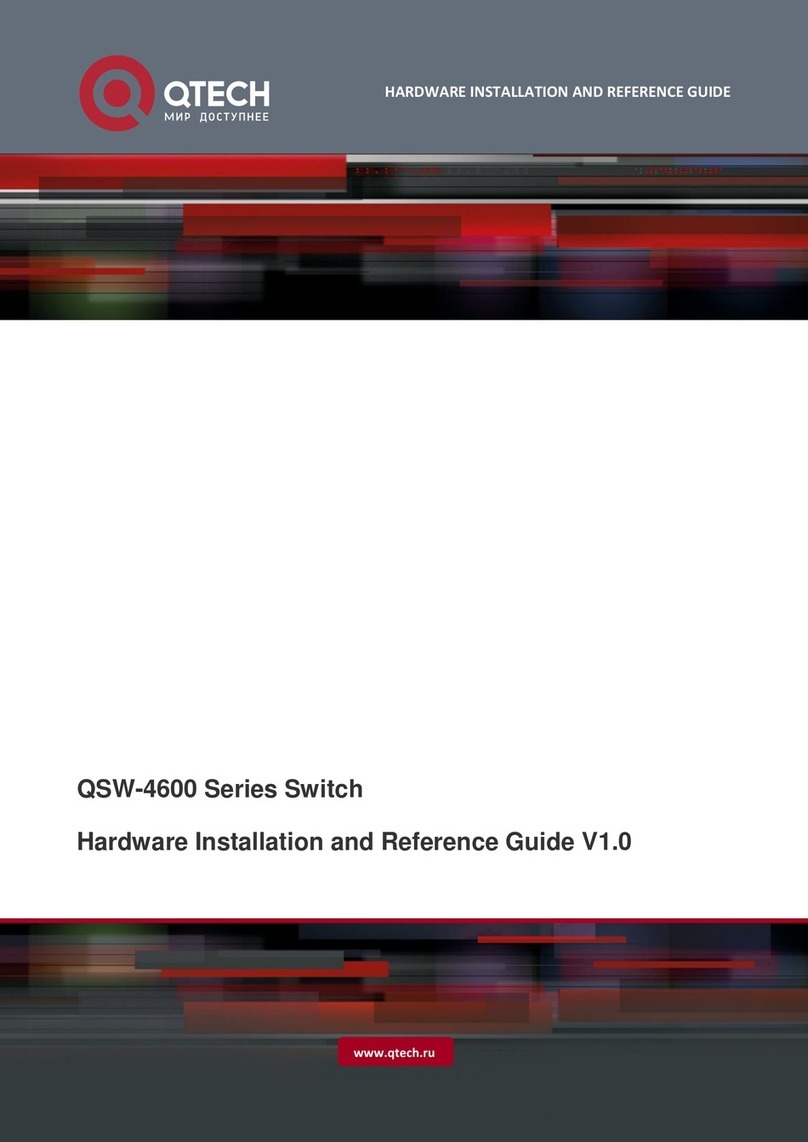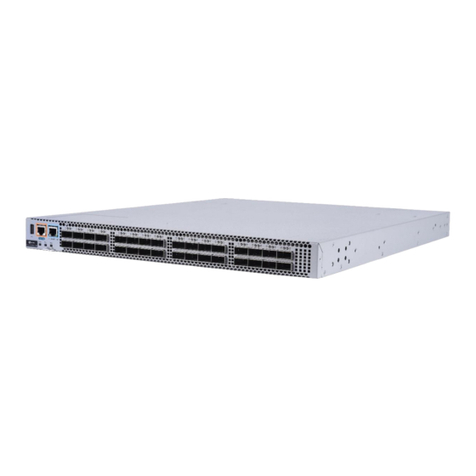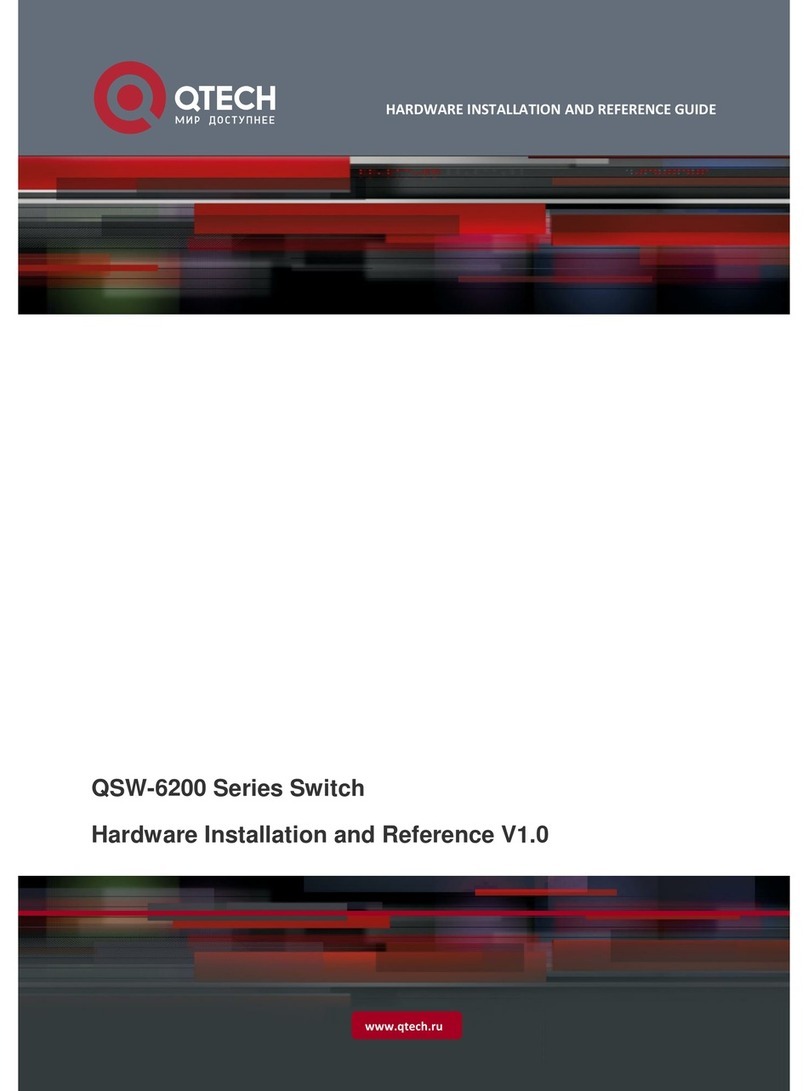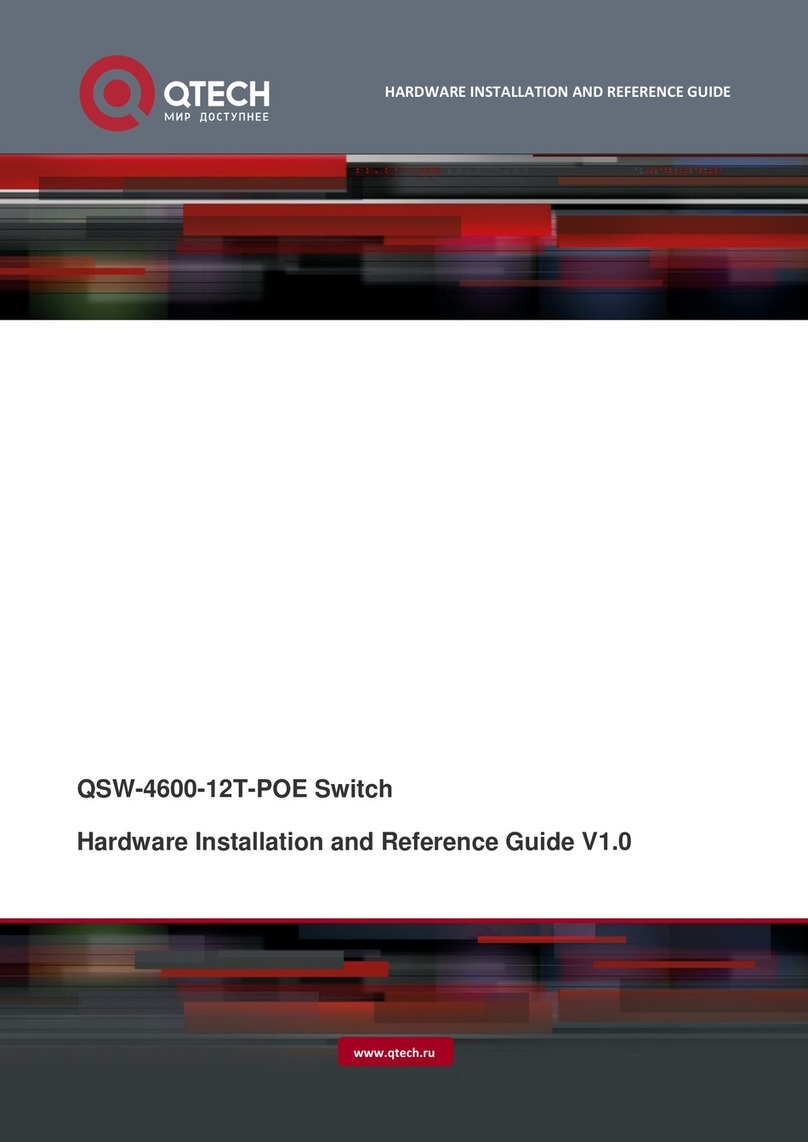
+7(495) 797-3311 www.qtech.ru
Москва, Новозаводская ул., 18, стр. 1
15.1 INTRODUCTION TO BPDU-TUNNEL...........................................................................15-100
15.1.1 bpdu-tunnel function.............................................................................15-100
15.1.2 Background of bpdu-tunnel..................................................................15-100
15.2 BPDU-TUNNEL CONFIGURATION TASK LIST .............................................................15-101
15.3 EXAMPLES OF BPDU-TUNNEL.................................................................................15-101
15.4 BPDU-TUNNEL TROUBLESHOOTING ........................................................................15-102
CHAPTER 16 VLAN CONFIGURATION....................................................16-103
16.1 VLAN CONFIGURATION ........................................................................................16-103
16.1.1 Introduction to VLAN.............................................................................16-103
16.1.2 VLAN Configuration Task List..............................................................16-104
16.1.3 Typical VLAN Application .....................................................................16-107
16.1.4 Typical Application of Hybrid Port .......................................................16-108
16.2 DOT1Q-TUNNEL CONFIGURATION...........................................................................16-110
16.2.1 Introduction to Dot1q-tunnel ................................................................16-110
16.2.2 Dot1q-tunnel Configuration..................................................................16-112
16.2.3 Typical Applications of the Dot1q-tunnel ............................................16-112
16.2.4 Dot1q-tunnel Troubleshooting .............................................................16-113
16.3 SELECTIVE QINQCONFIGURATION ........................................................................16-113
16.3.1 Introduction to Selective QinQ.............................................................16-113
16.3.2 Selective QinQ Configuration...............................................................16-113
16.3.3 Typical Applications of Selective QinQ................................................16-114
16.3.4 Selective QinQ Troubleshooting ..........................................................16-116
16.4 VLAN-TRANSLATION CONFIGURATION...................................................................16-116
16.4.1 Introduction to VLAN-translation.........................................................16-116
16.4.2 VLAN-translation Configuration...........................................................16-116
16.4.3 Typical application of VLAN-translation..............................................16-117
16.4.4 VLAN-translation Troubleshooting ......................................................16-118
16.5 MULTI-TO-ONE VLAN TRANSLATION CONFIGURATION............................................16-119
16.5.1 Introduction to Multi-to-One VLAN Translation ..................................16-119
16.5.2 Multi-to-One VLAN Translation Configuration ....................................16-119
16.5.3 Typical application of Multi-to-One VLAN Translation .......................16-119
16.5.4 Multi-to-One VLAN Translation Troubleshooting................................16-121
16.6 DYNAMIC VLAN CONFIGURATION..........................................................................16-121
16.6.1 Introduction to Dynamic VLAN.............................................................16-121
16.6.2 Dynamic VLAN Configuration ..............................................................16-121
16.6.3 Typical Application of the Dynamic VLAN...........................................16-122
16.6.4 Dynamic VLAN Troubleshooting..........................................................16-123
16.7 GVRP CONFIGURATION........................................................................................16-124
16.7.1 Introduction to GVRP............................................................................16-124

